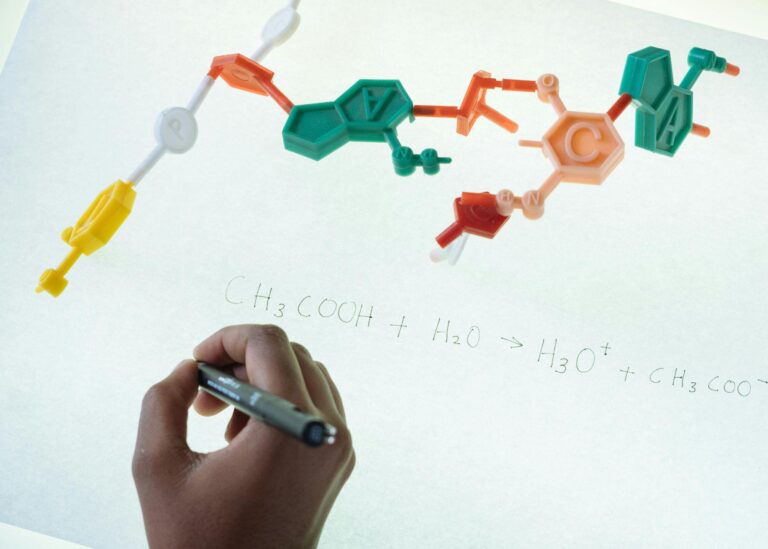Speed Ball, a notorious drug cocktail, is a potent combination of stimulant and depressant drugs, most commonly cocaine and heroin. The resulting high involves an initial rush of intense euphoria quickly followed by a deep state of relaxation, a dangerous interplay that greatly increases the risk of addiction and serious health complications. The drug’s history, lurking in the shadows of the early 20th century underground scenes, has steadily permeated into wider society, presenting a formidable challenge to public health endeavors worldwide. The unexpected potency, the swift onset of the effects, and the variable dosages all contribute to a heightened risk of overdose. Indeed, understanding the intricate dynamics of Speed Ball is key to addressing its dangers effectively and fostering successful paths to recovery.
Understanding the Speed Ball Drug
Although it may seem innocuous due to its street-name, the Speed Ball drug is a lethal cocktail that poses serious health risks and challenges to its users. The history of Speed Ball dates back to the early 20th century, when it first emerged in underground scenes. The drug, a dangerous combination of stimulants and depressants, has claimed numerous lives and shattered countless others.
Recognizing the severity of damage caused by Speed Ball, several treatment options have been developed. These include both medical and psychotherapeutic interventions, aimed at addressing both the physical dependence and psychological allure of the drug.
Recovery stories are testimonies to the effectiveness of these treatments, providing hope and motivation for those battling addiction.
Harm reduction strategies are also a critical component in addressing Speed Ball abuse. These strategies focus on minimizing the negative effects of drug use, promoting safer practices, and reducing the risk of overdose.
Support networks, including family, friends, and professional counselors, play a pivotal role in the recovery process. They provide emotional, psychological, and logistical assistance, fostering an environment conducive to healing and recovery.
The journey to recovery is arduous, but with the right support and treatment, it is achievable.
The Composition of a Speed Ball
The Speed Ball drug, an ominous mixture of stimulants and depressants, is far from being a simple concoction. Composition analysis reveals that it traditionally combines cocaine, a powerful stimulant, with heroin, an equally potent depressant.
The balance between these two substances is essential, and dosage variations can greatly impact the drug’s overall effects. Popular mixtures often involve ratios favoring cocaine, given its ability to offset the sedative effects of heroin. However, this balance is precarious, as the chemical interactions between these two substances can create a lethal cocktail.
Cocaine’s stimulant effects wear off quicker than heroin’s depressant effects, leading to potential overdose if users re-dose to maintain the high.
Interestingly, user demographics for Speed Ball vary widely, reflecting the drug’s broad appeal among different age and socio-economic groups. This diversity further compounds the challenge of managing the public health implications of this dangerous drug.
While the exact composition of a Speed Ball may vary, the inherent risks remain the same, underscoring the importance of understanding its makeup and effects.
Effects of Speed Ball Usage
What happens when a person consumes a Speed Ball drug? The direct impact of Speed Ball usage on the human body is profound, markedly affecting both physical and mental health. The drug’s potent combination produces a wave of euphoria, followed by a numbing tranquillity, leading to its addictive nature.
As users develop a dependency, they may experience severe withdrawal symptoms upon cessation. These can include intense cravings, restlessness, depression, and anxiety, which often perpetuates the cycle of addiction.
Addiction treatment, consequently, becomes a vital aspect of mitigating these effects. A considerable component of addiction treatment involves a recovery journey that prioritizes the user’s mental health. This journey often includes professional psychotherapy to address any underlying issues that may contribute to the addiction.
Additionally, the introduction of healthier coping mechanisms can be a valuable part of the recovery process. Support systems also play an essential role in recovery.
These networks can include friends, family, and recovery communities that provide emotional support, encouragement, and accountability. They help foster a positive environment conducive to overcoming dependency, reinforcing the importance of mental health, and further facilitating the recovery journey.
Dangers and Risks Involved
Delving into the dangers and risks associated with Speed Ball use, one must consider both immediate and long-term repercussions. This potent combination of cocaine and heroin can have catastrophic effects on the body and mind, particularly when used habitually.
The immediate risks include cardiac failure, stroke, and a high potential for overdose, with the latter often being lethal. Overdose prevention is essential in addiction recovery, making it imperative to seek professional intervention where possible.
Long-term risks are just as disconcerting. Chronic Speed Ball use can lead to severe physical and psychological dependence, making it incredibly challenging to quit without help. This is where support systems and treatment options come into play.
Addiction recovery often involves utilizing a variety of resources, including medical detoxification, therapy, and the establishment of coping strategies.
It’s also vital to cultivate a strong support system, both professionally and personally, to help mitigate the risk of relapse.
Final Thoughts
In summary, the Speed Ball drug, a potent mix of stimulants and depressants, presents significant health risks due to its addictive nature and potential for overdose. Originating from underground scenes, its widespread usage complicates public health management. Understanding its composition and effects, along with raising awareness of the inherent dangers, is integral in promoting effective treatment strategies and recovery. As a result, it is essential to intensify research and public health efforts to mitigate its damaging impact on society.
At Altitude Recovery, we’re committed to lifting you from the depths of substance use challenges to the heights of recovery and resilience. Our expert team provides personalized, evidence-based treatment services designed to support your distinct path towards healing. Reach out to us for the understanding and compassionate care you deserve on your journey to wellness.
Frequently Asked Questions
What Can Trigger a Relapse After Quitting Speed Ball?
Triggers for relapse after quitting Speed Ball can include emotional stressors, such as personal trauma or distress; environmental influences, including exposure to drug-related cues; social pressures, particularly from peers who use substances; and mental health challenges, such as depression and anxiety.
It’s critical to identify and manage these triggers effectively to maintain long-term sobriety and prevent relapse.
How Does Speed Ball Addiction Affect Relationship With Family and Friends?
Speed ball addiction greatly impacts family and friend relationships. The addiction often leads to impaired family communication, creating emotional distance.
Trust issues may arise due to the unpredictable behavior of the addict. Intervention strategies become necessary, although they can strain relationships further.
Despite these challenges, families and friends are often integral parts of the support system needed for recovery, underscoring the complex impact of addiction on these relationships.
What Are Some Signs That Someone Is Secretly Using Speed Ball?
Identifying a secret Speed Ball user involves observing for specific signs.
Behavioral changes may include increased agitation, erratic mood swings, or decreased motivation.
Physical symptoms can encompass extreme weight loss, dilated pupils, or frequent nosebleeds.
Secretive actions, such as unexplained absences, may occur alongside withdrawal signs like insomnia or restlessness.
Social isolation may also be noticeable, as the individual withdraws from previously enjoyed activities.
What Type of Treatment Options Are Available for Speed Ball Addiction?
Treatment options for speed ball addiction encompass a range of approaches.
Cognitive behavioral therapy addresses maladaptive thinking patterns, while medication assisted treatment can manage withdrawal symptoms.
Participation in support groups encourages peer connection and accountability.
Holistic healing approaches, including mindfulness and physical wellness, complement these strategies.
Can Using Speed Ball Lead to Use of Other Drugs or Substances?
Yes, the use of Speed Ball, a combination of heroin and cocaine, can potentially lead to the use of other drugs or substances.
The addictive nature of both components, particularly when used synergistically, can escalate substance dependency. This might prompt users to explore other drugs in search of similar effects, escalating the substance abuse cycle. Consequently, understanding speed ball origins, effects, associated myths, and prevention strategies is essential to mitigate its potential risks.





